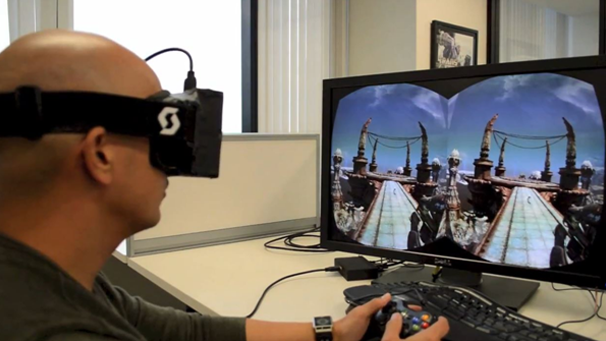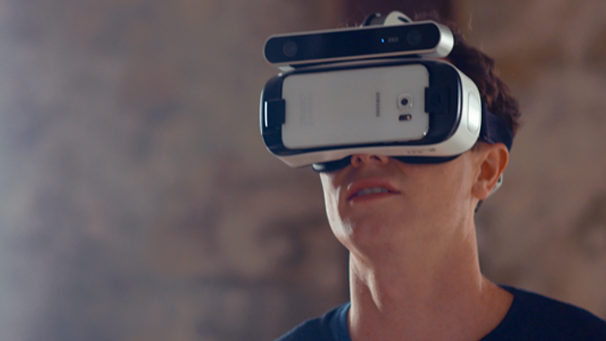WEDNESDAY NOVEMBER 30, 2016
Virtual reality headsets are branded by the devices that power them. Current virtual reality headsets are typically either mobile or PC based. Both types of headsets come with their own experiments, benefits, and shortcomings.
Desktop Virtual Reality – A revolution in experiencingcontent
In this type of Virtual Reality one plugs the headset into a high-powered PC to interact with virtual reality content. One of the benefits is that it enables theuser to have a richer and high quality virtual reality experience. The downside is the cost and the lack of mobility. One can absorb content in Virtual reality at the convenience of both home and office by connecting to the computer or console. The price range for desktop VR headsets is $599 – $799.
Few brands launched in the desktop virtual reality space are The Oculus Rift with an Xbox controller that leads movement through the virtual reality world, with the help of PC-mounted point sensor and HTC Vive which has 360-degree motion tracking sensors that will enable tracking of user’s physical movements.
The latest entry is the Sony PlayStation VR equipped with advanced LED motion sensors that can track movements. It canalso output a picture to both desktop and a television simultaneously, with the television either mirroring the picture shown on the headset, or exhibiting a separate image for competitive or cooperative gameplay.

Image source: https://www.extremetech.com/gaming/
Mobile Virtual Reality – Extension of the small screen experience
Mobile Virtual Reality (VR) is a virtual reality (VR) platform that uses a head mount and a smartphone. The viewer places a smartphone into the back of the headset and views through the lenses in the front. The plus points are that it offers simple yet unique entertainment experience. There are a number of headsets for people to purchase at various prices. The price range for mobile VR headsets is $60 – $79. This has helped the technology penetrate in mass markets.
While Samsung Gear VR – dedicated for Samsung devices gives a premium visual experience. Google Cardboard has enabled to build Virtual Reality (VR) platform that attracts a huge range of developers to build virtual reality apps and high quality experiences for android mobile users. These headsets are also very lightweight, within the realms of desktop VR headsets and provide freedom of movement and comfort.
The only impediment for Mobile Virtual Reality (VR) that it does not contain much built in technological gear and relies mostly on the smartphone. For example, there are only two Daydream-enabled smartphones on the market – the Google Pixel and Google Pixel XL, thereby dictating which smartphones can be used the system.

Image source: http://www.ibtimes.com/

